One hundred years old, and not feeling it: the second life of Sommaruga’s stations
Originally built as the stops along the tramway, today they have been revived to become private houses and public buildings. A journey back in time, when travelling without a car was not a luxury.

The Grand Hotel and the art nouveau villas, the restaurant and the cableway are not just buildings, but monuments of Italian art nouveau in Varese, designed by Giuseppe Sommaruga, the great architect who is being celebrated with a cultural event, in Milan and in Varese, for the centenary of his death.
A new life for Sommaruga’s stations
A life that left behind indelible and extremely well-known cultural signs. Today, some of these, less visible ones, are still experienced, more or less consciously, by hundreds of people. Part of the exhibition dedicated to Sommaruga consists of a journey that also includes the “Stations of the Ghirla-Ponte Tresa railway (attribution, 1911-1915), current photos and drawings reproduced”.
And here, on this morning journey, is this first work designed by the great pupil of Camillo Boito, which is monumental and bare, and kissed by the April sun, right beside the Valganna trunk road. We are at the bus station in Ghirla, which was built between 1912 and 1914, which originally served as an important station along the Valganna tramway, which was built in 1905 and which is also an example of the Varese genius who was able to move trains, more like trams, between valleys and lakes, with an electrical cable and a bit of steam.
This idyll of rails and nature disappeared in the 1950s, when the tram made its last journey, never to start again. The time of transport on rubber had arrived. And even the shelters of Sommaruga were adapted, because thousands of coach travellers, on their way to Varese or to Lavena Ponte Tresa, would find shelter there in the years to come. Even today, the structure (which is monumental in size and has several, very visible signs of time) is used by the bus services as stations. The area is now the property of the State, who allow the transport company to use it.
However, the genius of Sommaruga did not stop at Ghirla, because there are numerous stations that bring an aesthetic mark to the area, the idea of a sign that can be recognised at a glance.
This is a journey back in time, and in space, proposed by Paolo Ricciardi, of the website valganna.info, who has always been in love with these places, and is a guide for a route (the tramway), a genuine karstic river that is engulfed by the houses in the villages, and gets lost among the lanes; it goes in and comes of gates, then disappears into the garages of the homes. “The tracks passed through here, see?”
Indeed, the first stop after Ghirla is concealed among neat, terraced houses with gardens, including one that stands out, which has been converted into a private home, in Via Dante Alighieri, in Cugliate Fabiasco. The house has the same features as the one designed by Sommaruga in Ghirla, but with smaller volumes: it is an intermediate stop, where the staff offices can be made out, although they may have been turned into a living room, a kitchen or a ground-floor bedroom. Then the spaces on the first floor, exactly like in Ghirla. And also an outside room, a small construction with a sloping roof; maybe it was a small shed for tools or railway signals, or a store for salt or sand, in view of the snowfalls that even today are still heavy in these parts.
An identical building to the one just left in Cugliate can be found near Marchirolo, in the “new” part of the village, in Via Fratelli Sapori, which today houses the Municipal Tourist Board, on the ground floor, and a private home on the first floor: here too, the building has a double function.
But it does not end here, because, in Cadegliano Viconago, the second life of the station, here too, is guaranteed by the presence of the post office, on the ground floor, and of the municipal library, on the upper floor. It is a joy to read the stop: “Arbizzo-Viconago-Cadegliano”; we are at the exact point of intersection of the three hamlets, a short distance from the church, facing the municipal building.
On heading back towards Valganna, we come across the last surprise: the crossing keeper’s box in Piacco, on the road of the same name, in the hamlet of Cadegliano, has become a minute and well-kept private house, with a garden and gate, from which the tramline started out, before disappearing, a little further down, into the tunnels, towards Lavena Ponte Tresa. With this line, passengers set off from Varese, to cross the Valganna and get as far as Ceresio, and then, to the other lake, the Verbano, in Luino, and continue along the whole of the Valcuvia, as far as Cittiglio.
The route is roughly a ring, most of which can still be enjoyed for its scenery, where it is possible to relish the landscape of the Alpine foothills. Even today, on the floor of the Valcuvia Valley, “the tram stops” stand out, here and there, solitary and perfectly visible.
These beautiful buildings are well-known in the minds of those who had the job of converting them into complementary works, of public utility, still resistant and capable of living a second time.
Giuseppe Sommaruga (Milan, 11 July 1867 – Milan, 27 March 1917), from a family of craftspeople, studied at the Academy of Brera, under Camillo Boito. In his architecture, he wanted to break away from Boito’s historicism and from the reigning provincial eclecticism, by creating a new vitalistic organisation that was bound, inevitably, to the ways of Italian art nouveau, but was open to the international demands, particularly from the Viennese school, from which Sommaruga differed in his plastic design of the surfaces and in the force of his dramatically intense decoration. In the Castiglioni building, in Milan (1903), he managed also to overcome the 17th-century structure of the building, by emptying out the inside and dividing it into the large atrium, with several chambers, which the stairs led into. Sommaruga’s other works include the Salmoiraghi building (1906), the Tre Croci Hotel, in Varese, (1909), the Columbus Clinic, in Milan, (1909) with a lively division of spaces and with a more linear decoration, the Faccanoni Mausoleum, in Sarnico.
La community di VareseNews
Loro ne fanno già parte
Ultimi commenti
GrandeFratello su Pista ciclabile di Viale Belforte a Varese: Fiab Varese plaude alla realizzazione
brupaoli su Gli orari del Frecciarossa da Milano Malpensa a Venezia e Udine
brupaoli su Pista ciclabile di Viale Belforte a Varese: Fiab Varese plaude alla realizzazione
Felice su Valuta verso la Svizzera, la Finanza alza il muro nel Vco: fermati oltre 6 milioni nel 2025
frenand su Nato per bilanciare il lato scientifico dell'ateneo, il Centro di Storia Locale dell’Insubria celebra i 25 anni
michele_drive su Commercianti in rivolta per la ciclabile a Belforte: Angei chiede una commissione urgente


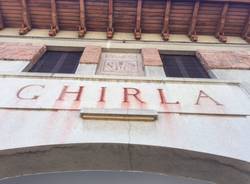




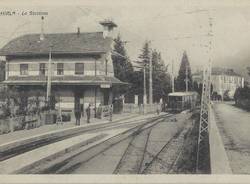

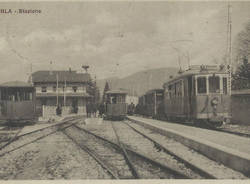
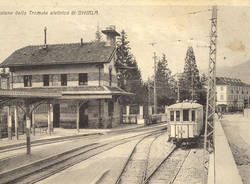
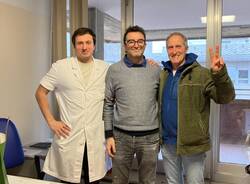

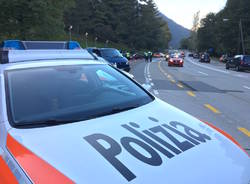

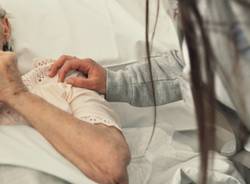
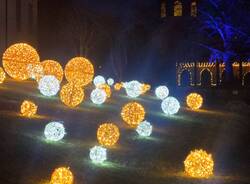
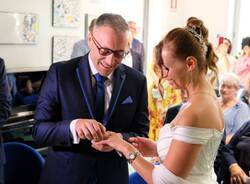
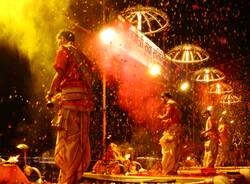





Accedi o registrati per commentare questo articolo.
L'email è richiesta ma non verrà mostrata ai visitatori. Il contenuto di questo commento esprime il pensiero dell'autore e non rappresenta la linea editoriale di VareseNews.it, che rimane autonoma e indipendente. I messaggi inclusi nei commenti non sono testi giornalistici, ma post inviati dai singoli lettori che possono essere automaticamente pubblicati senza filtro preventivo. I commenti che includano uno o più link a siti esterni verranno rimossi in automatico dal sistema.